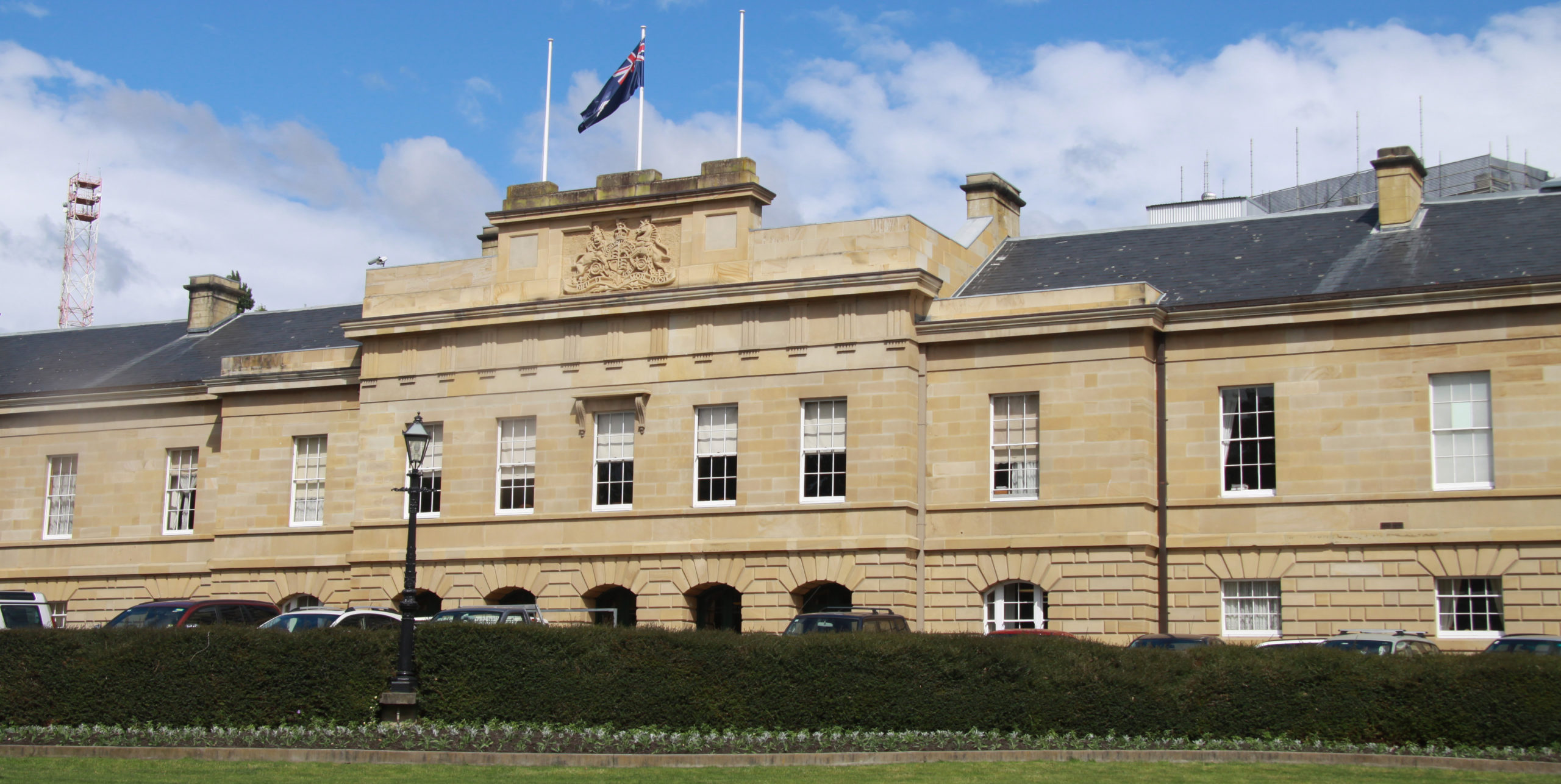As the temperature drops and the evenings become darker, we may be more worried about the possibility of slipping on ice than sustaining burn injuries.
Author
- Chinenye Anetekhai
Senior Lecturer, Nursing and Midwifery, Birmingham City University
But, scalds (caused by hot liquid or steam) and burns (caused by hot objects such as ovens and hair tongs) are among the most , .
As a nurse with extensive experience treating burns and scalds, I am well placed to offer some advice on how to stay safe during the festive season, along with tips on how to treat injuries if an accident does happen.
Hot drinks
Babies’ skin is more delicate than that of adults and burns more easily. In the UK, hot drinks of all burns in children under the age of three who attend Accident and Emergency (A&E) departments. That’s taken to hospital every day for hot drink scalds. Burns from hot drinks are also , mostly .
this Christmas, keep hot drinks out of reach of children and never carry hot drinks while also holding a baby . To help reduce the risk of burns, consider using travel mugs with spill-proof lids.
There’s usually lots of parties over the festive season with guests passing drinks and food around. Be careful, then, not to pass hot drinks to guests over the heads of children (and adults). It’s also a good idea to avoid placing hot drinks on tablecloths – children can pull them down. Finally, avoid leaving or carrying them around the house.
Hobs
Christmas often means more time in the kitchen, cooking for friends and relatives. If not properly managed, ovens, hobs and grills could be burn risks. Burns from electric hobs are among the of injuries in children. In 2023, were admitted to an NHS burns service due to injuries related to an electric hob. These figures do not include those patients seen and managed at A&E departments.
Radiators
Radiators and towel rails are common causes of burns. In 2023, 160 children were admitted to an NHS burns service because of burns associated .
It’s crucial to teach children about the dangers of hot surfaces around the home. Try to keep children away from radiators, hot water pipes and towel rails – and consider installing protective covers or pipe sleeves to reduce the risk of direct contact with hot surfaces.
Fireplace
The fireplace poses a significant burn risk – not just the flames but also the surfaces around it and the tools used to maintain the fire. Embers and sparks can fly from the fire, and cause burns if they land on skin – or eye injuries if they hit the eye. Sparks can travel a surprisingly long distance, becoming a fire risk if they land on or soft furnishings.
The pokers, tongs and logs used to make a fire can get extremely hot and should be handled with care – and kept out of reach of children. Proper maintenance and regular cleaning of the chimney and flue can help of embers and sparks. It’s always a good idea to use a that encloses the whole fire and attaches to the wall if you have an open fire or a log burner in your home, especially if children are present.
Fireworks and sparklers
Fireworks may be a spectacular part of the new year celebrations but they’re also potentially deadly explosive devices that can including loss of fingers, sight and permanent disfigurement. According to the Children’s Burns Trust, children under 16 are taken to A&E in the four weeks around bonfire night. Sparklers, often considered harmless, 20 times that of boiling water.
To , follow and remember that it’s safer to rather than private or family ones. Of course, never give fireworks to children – .
Extension cords and tree lights
Christmas trees and decorations are a central part of the holiday season – but can also be a serious fire and burn hazard. Tree lights, for example, might look pretty and festive but they’re who can chew on them and sustain electric burns.
Overloading extension leads with too many fairy lights and appliances can cause the cord to overheat and lead to an electrical fire. This danger is compounded when extension cords are placed near flammable materials such as curtains or Christmas trees.
Christmas trees – both real and artificial – can get dry and become highly flammable. Make sure you keep trees away from candles, heating vents and any heat source.
First aid
makes all the difference when it comes to the severity of the injury and subsequent recovery. It reduces the progression of tissue damage and improves the success of medical treatment. For all types of burns, remember the three Cs:
COOL, CALL and COVER
COOL burns with cool running water for 20 minutes to stop the burning process. Remove rings and clothes except when stuck to the wound.
CALL 999 111 or the local GP for advice if the burn is bigger in size than a 50p coin.
COVER the injury with a clean cloth or cling film. Keep the patient warm to avoid heat loss.
Finally, if you only do one thing for fire safety this Christmas, install a smoke alarm or, if you already have one, check it’s working: more likely to die in a fire if you do not have a working smoke alarm in your home.
![]()






